
2021 is turning out to be a year of momentous media anniversaries. Earlier this year, two of my favorite brands – NPR and WRIF – celebrated their 50th year on the air. They have absolutely zero in common, except I’ve been blessed to have long working/consulting relationships with both. These milestone moments are an opportunity to look back at a brand’s history and longevity.
What did they do right? What might they have done differently? And perhaps most importantly, how have they maintained their relevance five decades after they were first debuted?
But the buzz this week isn’t about a radio station – it’s about a cable TV channel.
MTV, to be exact.
The network that made music videos mainstream turns the Big 4-0. And appropriately, that put it at a programming crossroads as cable channels go. When it was first launched (the right word, given the famous top-of-the-hour ID) on August 1, 1981, it made more than a splash – MTV revolutionized the way America – and soon the world – consumed music.
Up until that point, music was purely an audio experience, unless you attended a concert or in those rare moments when artists and groups appeared on network TV shows. But even an appearance on The Tonight Show or on shows like Shindig! or Hullabaloo didn’t offer much of an opportunity to SEE an artist in all their glory, zaniness, creativity, and outrageousness.
The Beatles had to make two movies – Help! and A Hard Day’s Night – that were essentially feature-length music videos for us to get a deeper sense of their creative energies and personalities.
MTV changed all that. The channel was run like a radio station – with a clock, VJs, production, and promos – that turned the world upside-down. If you remember when the iPhone, Spotify, or Netflix were launched, they all had massive impact on our culture, and the ways in which we consume media. They continue to be mega-forces today, as they’ve evolved, grown, and expanded.
MTV at its launch was bigger.
First, there was a lot less media back then. It was easier to stand out and generate attention. All that said, MTV came out of the blocks at Mach One – slickly produced, irreverent, in-your-face, fun. I’ve seen and been a part of many successful radio launches during my career. Nothing came close to how MTV exploded on the scene.
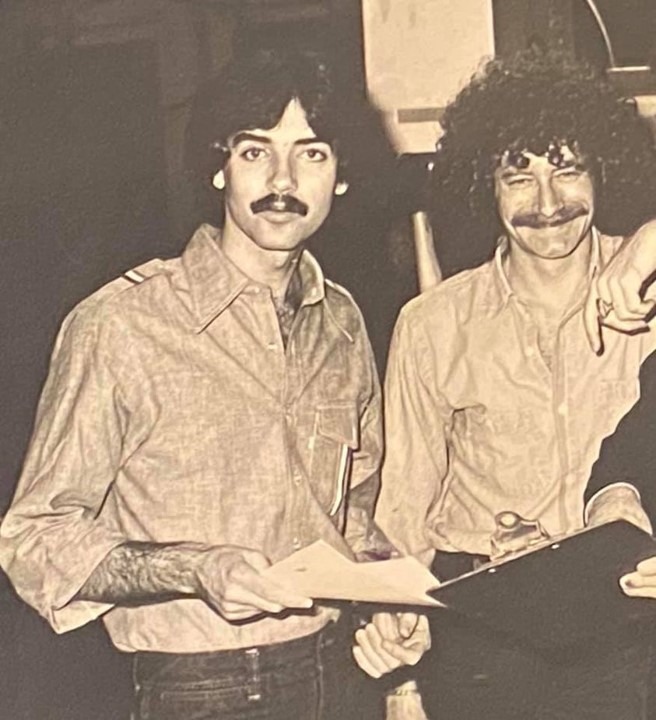
Its radio DNA was very much the product of Bob Pittman and his original team that generally had great radio pedigrees. MTV felt a little like radio, but on steroids – a supercharged version in full color that was truly mind-blowing.
On the radio, we had heard hits like “In the Air Tonight” and “Stop Dragging My Heart Around” hundreds of times. But to see Phil Collins, Stevie Nicks, Tom Petty, and a cast of thousands unleashed on our TV screens all over the country was breathtaking.
And if you were working in radio back then, you suddenly had an odd feeling you’d never experienced before. Seemingly overnight, you, your station, your music, and your airstaff had been lapped by this MTV monster. The buzz it generated on Day One was off the charts. And that made it suddenly challenging for any radio station to recapture attention. MTV was all the audience talked about, and it commanded loads of media attention.
For record labels, it was a crossroads as well. Early on, their marketing decision-making morphed from “Do we create a video of the song?” into “How much money are we going to spend on the video?”
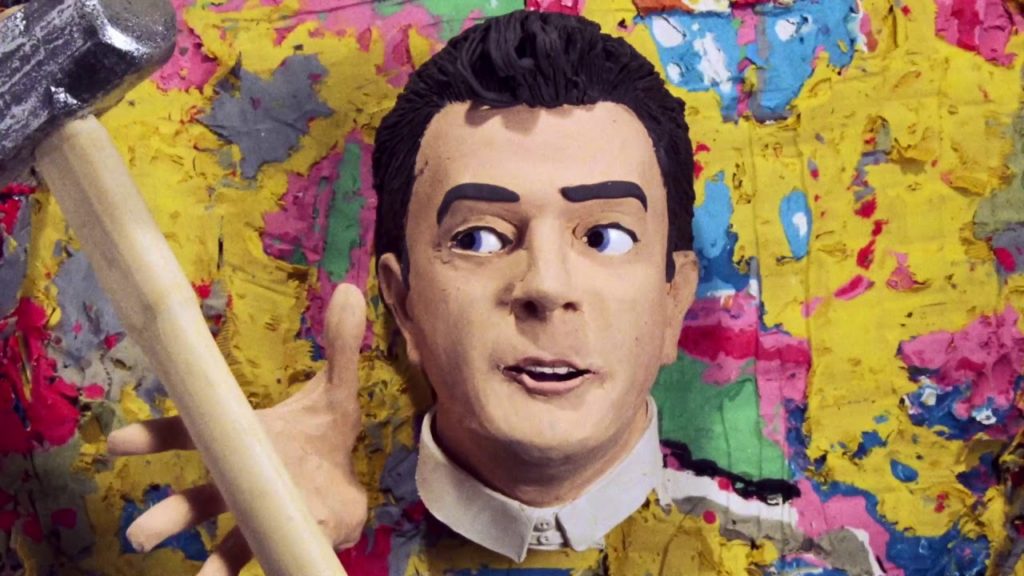 And for fans, it became interesting and even debate-worthy. Did music videos alter the way you heard a song? When “Sledgehammer” came on the radio, did you “see” the fantastic video of the song? Purists argued that video versions of songs altered the way music was affecting our brains. No matter. MTV was off to the races.
And for fans, it became interesting and even debate-worthy. Did music videos alter the way you heard a song? When “Sledgehammer” came on the radio, did you “see” the fantastic video of the song? Purists argued that video versions of songs altered the way music was affecting our brains. No matter. MTV was off to the races.
I know this story up close and personal, because I started as PD at WRIF in Detroit just two months before Pittman rocked the world with MTV. At the time, I was in the competitive struggle of my life, up against two very fine AOR (Album Oriented Rock) stations – the world famous WABX and Doubleday’s big entry into the format, the bombastic WLLZ. I had my hands full.
And then MTV signed on, like an alien lifeform attacking Planet Radio. We may not have understood the degree to which MTV would change the way the world consumed music, but we knew it was huge. And we were reminded of MTV’s instant influence when the record labels began to give the cable channel first exposure on rock and pop hits. Artists who refused to go on the radio interview circuit – even over the phone – suddenly showed up in New York City to hang out with Mark Goodman, Martha Quinn, J.J. Jackson, and the rest of the very popular crew of MTV VJs.
At the Radio & Records Convention the following year, MTV executive Les Garland was a keynote speaker. Garland, like so many other MTVers had a great career in radio, was now one of the leaders of this new force in music – and pop culture.
MTV wasn’t afraid to break a little china. In fact, the channel’s irreverence was as buzzworthy as the music videos themselves. In a media world that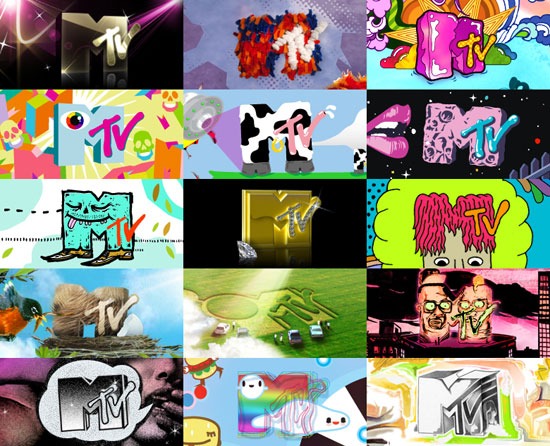 was fearful of messing with institutions – like logos – MTV came along and used their logo as the framework for change. The MTV logo became iconic overnight, not because it was stable and dependable, but because the creative team allowed it to change – often by the moment.
was fearful of messing with institutions – like logos – MTV came along and used their logo as the framework for change. The MTV logo became iconic overnight, not because it was stable and dependable, but because the creative team allowed it to change – often by the moment.
Garland explained how video music wouldn’t cannibalize radio – it would complement it. I attended his speech, and I can tell you many radio programmers didn’t believe it for a minute.
Neither did I.
All MTV did was become bigger and more influential in the ’80s. Following – and setting – the musical trends, it threw its weight around, and did what it needed to do to remain dominant, popular, and relevant. From Madonna to Mike & the Mechanics, from Prince to the Police, from Michael Jackson to John Mellencamp, MTV remained mainstream and continued to trailblaze.
And then I caught my break. By the mid-’80s, many of my Classic Rock clients were up, running, and thriving. My friend, Steve Goldstein, introduced me to his friend, Steve Seidmon, MTV’s research guy. And we clicked.
I ended up doing a lot of focus groups and other strategic projects for the channel. I got to moderate the groups for MTV Unplugged as well as that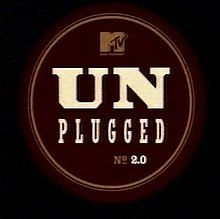 first game show, Remote Control. I even did work on what became Comedy Central, testing unknown standup comedians like Ben Stiller, Dennis Leary, and Pauly Shore. When Vh1 came online, I spent more than a decade involved with its growth and evolution. And all the while, I got the chance to work alongside some amazing people.
first game show, Remote Control. I even did work on what became Comedy Central, testing unknown standup comedians like Ben Stiller, Dennis Leary, and Pauly Shore. When Vh1 came online, I spent more than a decade involved with its growth and evolution. And all the while, I got the chance to work alongside some amazing people.
Marshall Cohen, who headed up research for the various channels, was a research guru. He still is. I got to work with Lee Masters (yes, Jarl Mohn), Abbey Konowitch, Judy McGrath, Jeff Rowe, Sal LoCurto, Lois Ruben, and later, my former colleague and friends, Tom Calderone and Amy Doyle.
Over those years, I spent a lot of time in conference rooms at 1515 Broadway, hopefully giving as much as I received. In the 2000s, I worked on Vh1 Classic – makes sense, right? – working with Nik Carter, Roger Coletti, and my radio buddy from WPLR, Pam Landry. Good times.
And it was inspiring. The entire team was made up of big thinkers. You had to be an innovator and a dreamer to hold your own in those meeting rooms. “What if we…” was often the way sentences began. And the demand for quality permeated everything the channel did. It was truly the kind of atmosphere that was infectious and exciting.
Despite the success of Nickelodeon, MTV was the high-flyer in the portfolio, even as it began to mature. One of the realities that executives at the channel had to deal with, of course, was the same thing we contend with in radio: the ratings. They came out overnight, and delivered virtually an instant grade.
While MTV may have been structured a lot like a colorful radio station, it competed with everyone else in the cable TV ecosphere – CNN, Bravo, ESPN, and the like. And as its executives learned early on, maintaining strong “TSV” – time-spent viewing – was a challenge when your programming consisted of 3-4 minute videos.
And as we learned in umpteen focus groups, young viewers sat on their couches and watched MTV, until a video came on they didn’t like. And when that happened, that remote in their hand instantly took them to another channel. In fact, MTV’s lack of long-form programming – at least 30 minutes long – became its Achilles heel. Every few minutes, there might be a reason to change channels.
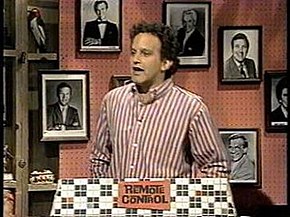 Around that time, the shift began. Great music videos and charming, irreverent VJs still mattered, of course. But the search was on for long-form programming that could generate more time spent with the channel. And as it turned out, MTV got good at it.
Around that time, the shift began. Great music videos and charming, irreverent VJs still mattered, of course. But the search was on for long-form programming that could generate more time spent with the channel. And as it turned out, MTV got good at it.
The animated Beavis & Butthead was a smash hit that became a cultural favorite. Then it was the music shows, like the popular TRL and Club MTV. Later, Real World, The Osbournes, Punk’d, and Cribs all rolled off the MTV assembly line.
But something got lost in the process – mainly the music. As we all have learned along the way, when your emphasis shifts to talk and personality, chances are good your music image suffers. And while that may seem simplistic, that’s a big part of the story of how MTV lost its music mojo.
Back in the ’90s and even the ’00s, it wouldn’t have been a stretch for MTV to maintain its new music discovery chops even in an Internet world. But Pandora, Spotify, and others followed, leaving MTV as a well-known cable brand that may have misplaced its compass.
As this 40th celebration has unfolded, it’s great – yes, even nostalgic – to see and hear the old stuff again. But all of that was part of a different MTV at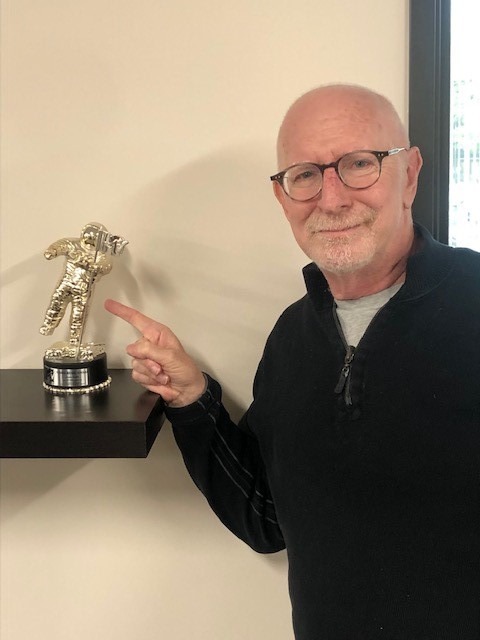 another time. I never was a card-carrying employee, of course. As a consultant, you always have that dotted line relationship with clients.
another time. I never was a card-carrying employee, of course. As a consultant, you always have that dotted line relationship with clients.
But I was always honored to know my work and contributions were valued by an amazing team of talented programmers, marketers, and creatives.
A lot has changed at MTV since that NASA rocket took flight four decades ago. In fact, last week, MTV unveiled its new “Moon Person” to replace their iconic “Moonman.”
Maybe it’s more proof that when it comes to MTV and many brands, change isn’t always a welcome thing.
I had a few words with my coveted “Moonman.” I call him Neil, and he’s good with being a part of MTV’s glorious past.
So am I.
- Media And Technology In 2025: Believe It Or Not! - April 18, 2025
- In Radio, You Just Never Know - April 17, 2025
- The Secret To Making A Great Podcast (And Great Radio) - April 16, 2025




Looking back.at that time period and realizing that a record like “Hungry Like the Wolf” could go to number one on the AOR charts, despite it sounding so out of place against everything that came before it, shows how quickly the influence spread. However, I believe the backlash that resulted helped usher in a need for the Classic Rock format. Thoughts?
You are right, Kurt. I have always attributed the influence of MTV has a backlash generator that helped usher in the Classic Rock era. It wasn’t just the Duran Duran stuff, but the network’s emphasis on everything NEW. Classic Rock stations became a safe zone. Thanks for point it out.
Good insight and a great trip down memory lane, Fred.
Appreciate that.
Love the trip, Fred. I was one of those connecting my stereo to cable so I could hear MTV in-Stereo. My 25″ Sony CRT never looked-or sounded better. As the cycle continues, the “more seasoned” of us continue to remember how it was-and won’t ever be again.
Spot on, Dave. It was a very exciting time to hear and SEE new music.
My take — biased as I am because of my own consulted/syndicated format — is that MTV is the reason that the music from the 80s remains a huge draw on the radio today.
My opinion, such as it is, is that people listening to Classic Hits and Classic Rock stations, upon hearing a song from that decade, replay the video in their minds. And that’s a good thing, because it ironically makes them happier with the radio station they are listening to.
K.M., you are right about the staying power of 80’s music. Those wizards from the early days of MTV deserve much credit for etching it into our brains. And like you, every time I hear “Sledgehammer,” “Beat It,” and so many other songs from the era, I “see” them, too.
Thanks to Billboard and R&R, who published MTV programming, I learned about the rotations of songs in different categories.
In my country, nobody used this method to program music.
Generally, a programmer would simply create a playlist on his typewriter without any rules or restrictions, or DJs were allowed to play whatever songs they wanted.
In 1984 I realized that Billboard published the categories in which they had their videos and I learned about Heavy (maximum 4 plays a day), Medium (maximum 3 plays a day) and Light (maximum 2 plays a day) rotations.
I was not sure I understood that methodology and could not believe that the songs were repeated so many times a day.
Then, in 1985, I went to live in New York City for the sole purpose of learning radio. I would sit there for a whole day, from 6 a.m. until 12 p.m., to write down in a notebook, one by one, all the songs that were played on Z-100 and Power 95.
Then I would look closely at the logs to try to decode its rotations and, voila! I realized that Z-100 rotated its greatest hits every 2:20 hours, its Medium hits every 4:30 hours and its Light hits every 7 hours approximately.
That was a real epiphany for me.
Upon returning to Colombia, I began to use that methodology in a rudimentary way. I asked a friend to create a software to let me program my music with it, but it had no restrictions or rules at all, so there were many problems.
Then, in 1988 I went to the U.S. to the NAB Convention and took advantage of that trip and visited Y-100 and Power 96 in Miami, and Z-100 and Power 95 in New York City. They all were programming with Selector, so I took a train from NYC to Scarsdale, NY, and visited RCS headquertaers. It was a nice and typical looking house. There I had the oppotunity to talk with Dr. Andrew Economos who explained me how Selector worked and I bought it immediately for my station. I think we were the first radio station in Latin America using Selector.
Thank you MTV for showing me the light …
What a fantastic story, Tito! Love your enthusiasm and energy and commitment to make great radio no matter where you had to go or what you had to do to make it happen! Radio would look a lot healthier if there were a lot more Tito’s roaming its halls. Congratulations on a job well done!
Now I have more than 45 years doing Radio. Still retired, continue doing some consulting with stations in Panama and Chile and writing stories about Radio in radionotas.com
But what I enjoy the most is writing, recording, editing and presenting my radio show ‘Rockstorias’ in an independt radio station in my own city, Medellin.
Radio has been my life, and still is…
Thanks for your kind words.
Tito, your story is an amazing one. And it should remind us radio vets of how influential American radio (and MTV) was in shaping musical tastes and radio’s rules. Your dedication to learning the ropes is so impressive. Radio programming is an art – sometimes, a lost one – and your story reminds us of that fact.
The fact you got face time with Andy is also a tribute to him, and his desire to share his knowledge. And it looks like he made a few sales along the way, too!
I still consider myself a student of the game, albeit an aging one. And it’s nice to meet a fellow learner. Thanks for reading the blog and telling your story.
I went to Scarsdale with Donnie Miranda, my colleague and best friend. We thought that their headquarters were going to be in a huge building and it was a real surprise for us to find them at that house, but what most surprised us was the fact that Dr. Economos himself took the time to meet us and explain in detail everything about Selector.
He was very proud of his invention, indeed. he was passionate about radio and treated us as we knew each other for years.
I too consider myself a student, love learning from the people, but what I love the most is sharing the knowledge accumulated through all these years among the new talents that come to follow our passion.
Thanks for your comments and for your blog, which I read every day.
Andy is one of many who has proved one person can create industry-wide change. Selector has been a most impactful piece of software. Thanks again, Tito.
And Tito’s experience is proof of something the best programmers know: We learn and grow (and often get great ideas) by looking at how others program and not think that we know it all.
My first time in the PD chair was back in 1978 and I still learn things from looking at other stations. In fact, my continuing desire to improve is a big reason why I read your blog, Fred.
I wish Tito continued success in his consultancy.
I do, too. It was great to read his story, K.M., and I appreciate yours as well.
As you might be aware, our station is celebrating the 40th of MTV all week with tributes to some of the classic videos, some “countdowns,” some hour long deep dives on some of the shows (we did MTV Unplugged all day today). The running joke on twitter from many of our listeners has been that we’re playing more music from the videos that were played in one week than MTV played in the last 20 years. That being said, we did an interview with Jarl about his time at MTV and it was fascinating. Sometimes when history is being made, you don’t know that you are in the process of making it. I got that feeling about the “golden era” of MTV which, I am definitely old enough to remember – even tho I couldn’t get MTV where I lived. My friends would tape it for me and send me VCR tapes of the shows in the mail!. What a concept. Anyway, to your point about the “what if we…” I totally love that energy and can only imagine what it would have been like to have been even a fly on the wall there during those early days. I understand the concept of throwing the baby out with the bath water. IMO, they threw out ALL the water, and the baby has been screaming since, even tho they’ve had some significant long form non-music hits.
Bruce, I always love to hear from you & I trust your tribute is going well. To have been at the MTV party over the weekend would have been a thrill. It’s hard to think of a group of broadcasters better and brighter than that team. Thanks for the comment.
MTV’s impact in the U.S. would indeed also result in some similar impacts elsewhere–perhaps partly because some of the first international launches (starting with the original MTV Europe, in ’87) involved region-wide (instead of truly national) versions, while others (such as in Brazil and Australia) actually involved terrestrial/over-the-air outlets.
Like with the original U.S. version, some of those regional ones had well-remembered (or, at the very least, well-planned) launches: MTV Europe apparently debuted with a live Elton John performance, followed by the video for Money for Nothing–while MTV Latin America’s first video was for We Are Sudamerican Rockers.
While it might not matter as much now, MTV likely was the first truly global brand for music broadcasting.
And as your MTV Europe example underscores, it was always thinking big. Thanks for the comment, Eric.
Great article, and it reminds me of another trailblazer.
In Australia, the hour-long music program Countdown started in 1974, airing every Sunday night from 6-7pm. It had a mixture of studio performances and music videos; the latter were sent in by many international artists who could not perform ‘live’.
Countdown had an immediate impact on both the local and international music industry. Artists like ABBA, Blondie and Madonna had massive hits in Australia long before they were world famous. For instance, when Blondie’s video for “In The Flesh” was aired, the song quickly went to #2 on the national charts and resulted in the band’s first top 40 hit anywhere.
Unfortunately, Countdown was cancelled in 1987, but it remains one of Australia’s best-loved music programs.
Thank you for sharing that story, Andrew.